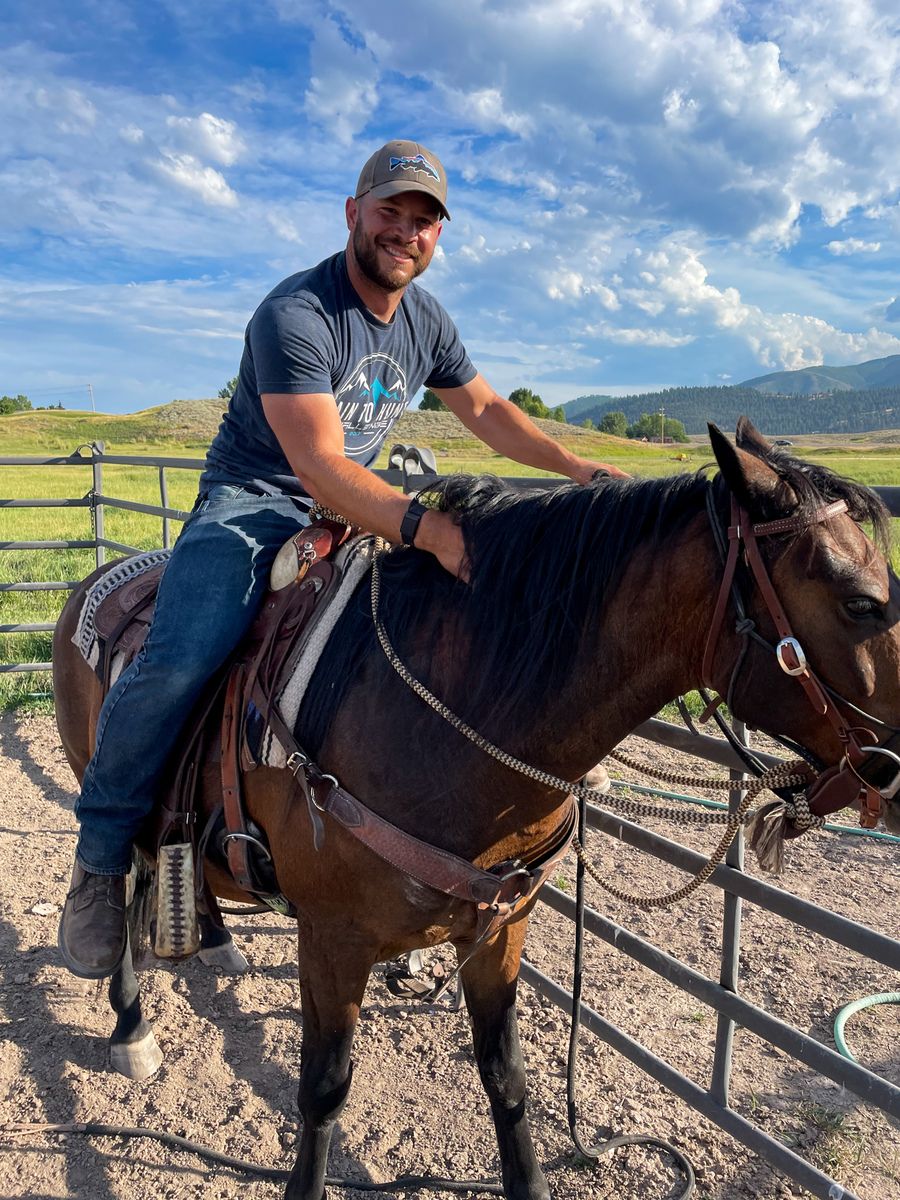
When settling the debate and which halter style is best, everyone has their own opinion.
Is one opinion right and another wrong?
Not necessarily.
Is one better than the other?
That is up to you.
It depends on your horse, your horse's experience, your experience, and your intended use.
In this article, we will cover the pros and cons of rope halters and flat halters. When it comes to "flat" halters, we will be analyzing flat web halters; but, know that they can come in various material options (such as leather).
Which type of halter should you choose? Rope or Web?
Like many topics in life, the answer to this isn't black and white. You could make a case for each style. They each have their pros and cons.
The following will be a breakdown of the differences between rope halters and web halters in various categories.
Finally, I will give my opinion on the best halter style overall.
Halter Style
For many people in the horsemanship world, looks and style are paramount. However, some want gear to function. So, which camp do you find yourself in?
Rope Halter:
Overall, a rope halter will turn a few heads, but you can add some flash if you choose.
The rope can come in various patterns or color options, depending on the manufacturer.
Flat Halter:
When it comes to style options, flat halters will win hands down. They can be made of various materials, such as nylon or leather. Some may even have wool covers over the strap. The hardware can be made of various metals (stainless steel, brass, etc.) and finishes.
Felt Pressure
"Felt Pressure" refers to the pressure your horse feels when you are applying pressure by pulling on your lead rope.
Rope Halter:
When it comes to felt pressure, the rope halter is the winner. With the smaller diameter of the material, the pressure you apply transfers efficiently to the horse.
For the best results, get a rope halter (like the Clinton Anderson halter) that consists of high-quality 1/4" yachting rope.
Flat Halter:
Although they may look prettier, the wider, flat material allows your horse to lean against any pressure you try to apply.
Think about the difference between me pushing you with a flat hand and pushing you with the point of my finger.
It doesn't make much difference for an older, gentler veteran horse. However, for any horse you are trying to do any work on, consider the rope halter instead.
Halter Usability
How easy are they to use, and which have a wide variety of applications?
Rope Halter:
Young or old. Green or very gentle. The rope halter will get the job done. What they lack in "flashiness" they make up for in utility.
Flat Halter:
Once again, these types of halters are excellent for gentle veteran horses. Can you use them on younger (and greener) horses? Sure. But you are creating more work for yourself than it's worth.
Halter Fit
When it comes to fit, this is a wash. Both types of halters have enough adjustability to allow you to get them to fit your horse correctly.
(If you have questions about proper fit, see our article on how to tie a rope halter.)
Effectiveness in Training
Your halter is a tool. You have to ask yourself, "which is going to be the best tool for the job?"
Continuing the previous comments about "felt pressure," the rope halter is the winner.
Remember, horses don't necessarily understand applied pressure. Instead, they understand the release of pressure.
With the 1/4' diameter rope halter, the applied pressure is noticeable. The release will be unmistakable when you release pressure to reward the desired action.
Since your horse can lean into a flat halter, the difference between applied and released pressure will be less noticeable, making your training cues less distinct.
When working with your horse, you want every session to count.
With that in mind, a rope halter is a better choice.
Halter Durability
A primary factor in the durability of your halter is how you take care of it.
Do you store them properly or throw them in the corner?
Do you let them hang to dry (if necessary), or do you leave them in a ball?
The main knock on flat halters is material fraying. As soon as it starts to fray, it is only a matter of time before the material splits in two. Web (nylon) halters are notorious for this.
Can rope halters fray?
Technically, yes.
However, the rugged nature of 1/4" yachting rope makes them much more likely to stand up to wear and tear.
Overall, I have to give the win on durability to the rope halter.
Cost Efficiency
For both types of halters, there is quite a range of what you can spend.
Are you buying a basic or generic brand? Or are you purchasing a signature series halter from some famous trainer?
The potential cost ceiling is much higher on a flat halter, especially when you get into different halter materials (such as leather) and hardware (such as silver).
What halter is the best overall?
Once again, the correct answer to this is really up to you.
When I look at halters, I see them as practical pieces of tack. Not showpieces.
I want something that will work and cause the horse to be responsive (not turn other people's heads).
If you want to show off some flash, I would spend that money on a nicer headstall.
A rope halter is the best overall halter solution.
They are cost-effective, durable, dependable, and flat-out work.
